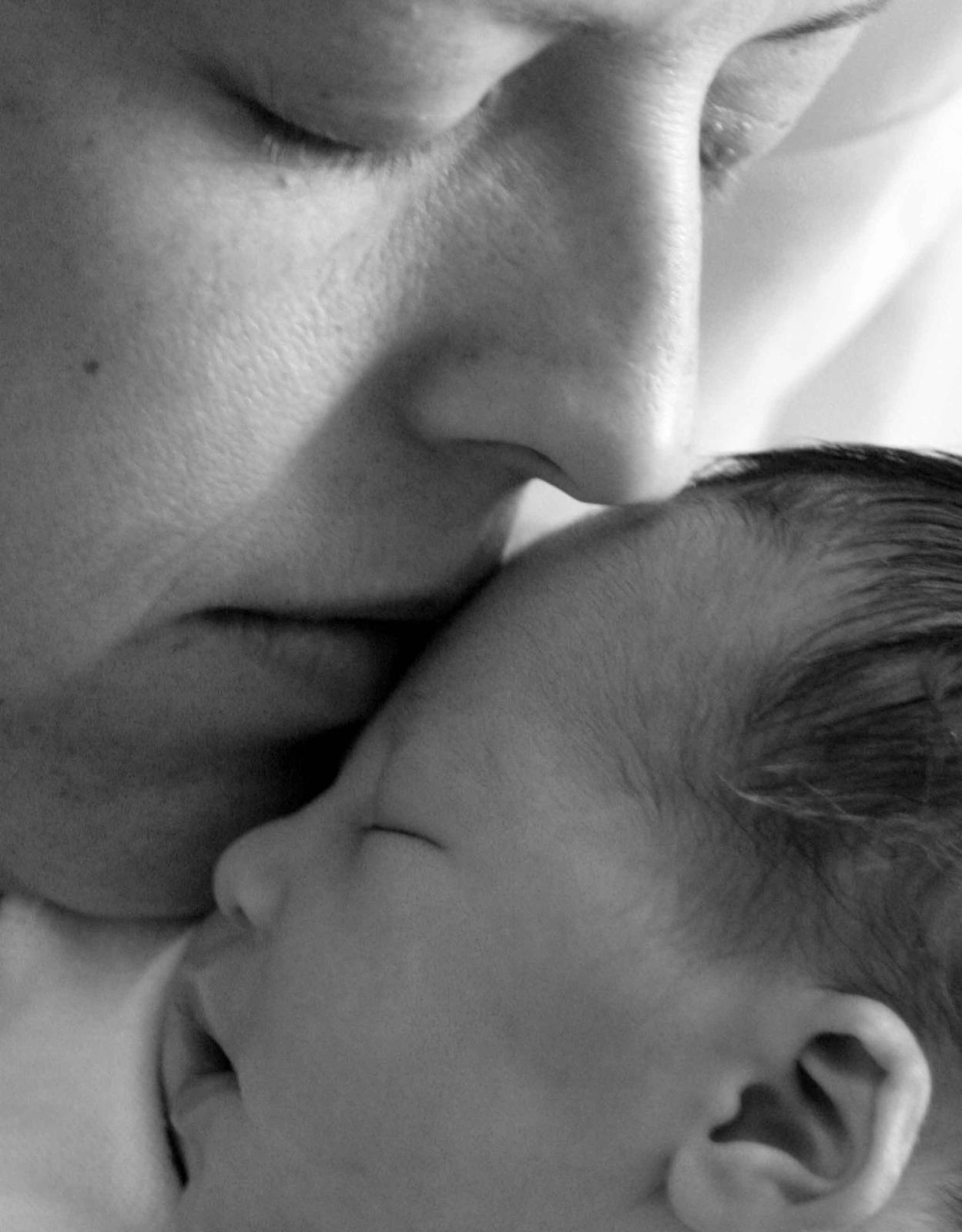Placentophagy. That’s a fancy term for describing what some women do after giving birth. Placentophagy refers to the act of eating the placenta after giving birth. Almost all non-human placental mammals ingest their placentas after birth, and over the last decade, we have seen more women considering this option. Health advocates claim that various hormones and nutrients, including estrogen, progesterone, lactogen, iron, ?-endorphins, and oxytocin, are contained in the placenta, and that its consumption has a number of health benefits, including the prevention of postpartum depression, increased milk production, promotion of maternal bonding, enhanced immunity, and decreased pain. But wait, is there any evidence to back these claims?
A recent report published in the Archives of Women’s Mental Health reviews the literature on the health benefits of placentophagy. They reviewed empirical studies of human or animal placental consumption. Ten articles (four human, six animal) were selected for inclusion. I will summarize the findings here, but it’s an interesting article — definitely a good read.
Most of the evidence for the therapeutic efficacy of placentophagy comes from animal studies. The work of Kristal and colleagues carried out over the last 40 years (reviewed in Kristal et al. 2012) is the most scientifically rigorous and provides a possible explanation for why most non-human mammals eat their placentas. In studies of rodents, Kristal and colleagues showed that placentophagy enhances endogenous opioid-mediated analgesia. The pain-relieving effects are elicited through the ingestion of a substance in the placenta and amniotic fluid called Placental Opioid-Enhancing Factor (POEF). There are, however, no controlled studies of the effects of POEF via placentophagy in humans.
While health advocates claim that the hormones contained within the placenta may help stabilize hormone levels during the postpartum period and, in this manner, may reduce the risk of postpartum depression, no studies have tested this hypothesis.
There is no data to support claims that placentophagy helps to enhance lactation, facilitate uterine contraction, or modulate hormone levels (i.e., prolactin, estrogen, progesterone, oxytocin) in humans. To quote the authors: “Based on the studies reviewed, it is not possible to draw any conclusions relevant to human health.”
More concerning is the possibility that there may be risks associated with placentophagy. The authors note that the placenta is not sterile and may contain various bacteria and viruses. In addition, one important function of the placenta is to protect the fetus from toxic substances. As a consequence, significant levels of harmful elements including selenium, cadmium, mercury, and lead, have been found in placental tissue.
Based on the information we have, what we can clearly say is that we need more research to better define the therapeutic benefits and safety of placentophagy.
Ruta Nonacs, MD PhD
Coyle CW, Hulse KE, Wisner KL, Driscoll KE, Clark CT. Placentophagy: therapeutic miracle or myth? Arch Womens Ment Health. 2015 Jun 4. [Epub ahead of print]







Leave A Comment